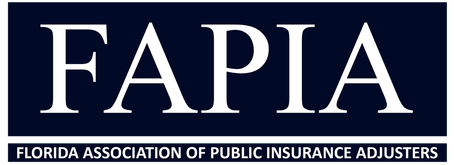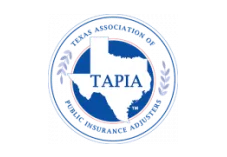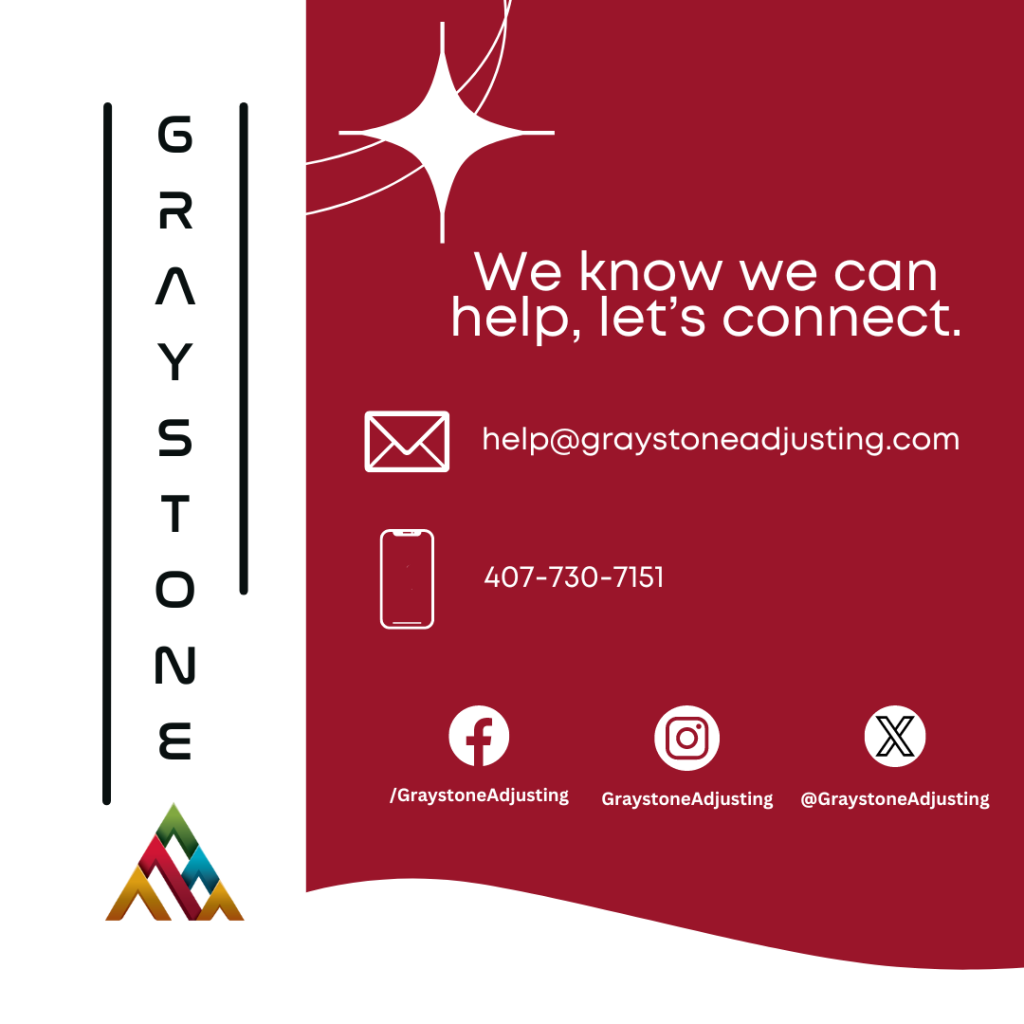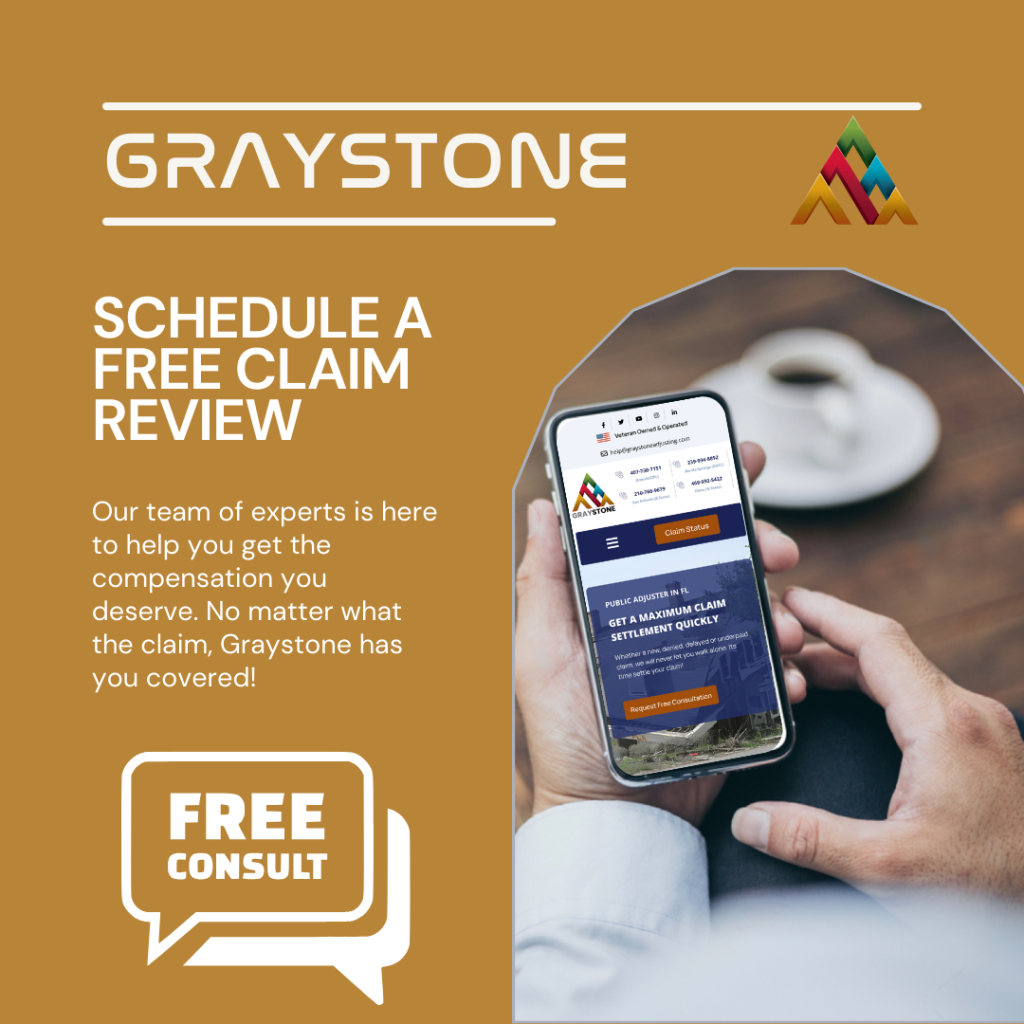
407-730-7151
Orlando(CFL)

239-994-8892
Bonita Springs (SWFL)

210-760-9679
San Antonio (S.Texas)

469-992-5422
Plano (N.Texas)
Close

Orlando(CFL)

Bonita Springs (SWFL)

San Antonio (S.Texas)

Plano (N.Texas)
Policyholders with public adjuster representation typically received higher settlements than those without public adjusters.
Policyholders that filed catastrophe claims in 2008 and 2009 generally received larger insurance settlements than policyholders that did not hire these persons. The typical payment to a policyholder represented by a public adjuster was $22,266 for claims filed in 2008 and 2009 related to the 2004 hurricanes (see Exhibit 6). In contrast, policyholders who did not use a public adjuster received typical payments of $18,659. The difference in payments was larger for claims related to 2005 hurricanes, with public adjuster claims resulting in payments that were 747% higher. However, as policyholders pay public adjuster fees as a percentage of their settlement, their net settlement would be lower than this amount.
If you want to read the full 12 page report, you can view the OPAGGA report in it’s full pdf format here

Our services are typically billed at 10% for hurricane claims under one year and 20% for all other claims. This percentage is due when the insurance company pays you. We only get paid when you get paid. You owe nothing upfront and you owe nothing later unless your public claims adjuster wins a positive settlement for you.
There is never a cost or contractual obligation to receiving an evaluation. Whether it is a new claim, existing claim, or just the possibility that there might be a claim, all evaluations are free.
Yes, there will be enough money. We always make sure to get you the best possible settlement and supply you with the resources to complete your repairs.
All hurricane damage is wind damage, but not all wind damage is hurricane damage. Your insurance policy treats the application of your deductible differently depending on a wind or hurricane event. Wind damage typically has a much lower deductible and results in smaller amounts of physical damage to your property. Hurricanes typically carry a much higher deductible and the property damage is usually much more severe.
Everyone understands hurricane damage. This damage may be minor and result in a few missing shingles or severe and result in the total loss of your property. The factors of where you live, your proximity to the center of these storms, the condition and architecture of your property all play a role.
While hurricane damage is easy to understand, lower speed wind damage is not. Wind damage that is caused by common weather events such as cold fronts and afternoon thunderstorms is more difficult to understand. This damage is usually isolated to asphalt roofing materials and will present in the form of missing or creased shingles. These roofing materials are designed to withstand these lower wind speed events, but become more susceptible as they age.
Damage to three-tab shingles on roofing is more evident and easier to verify for insurance company adjusters. Damage to architectural or dimensional shingles is a bit more difficult. These lower speed wind events will rarely if ever remove a whole architectural shingle, but they can and will cause the laminated decorative tabs to be damaged.
Hail comes in all sizes and can create substantial damage to property. Hail can occur any time of year, but is most prevalent in the spring and fall. There is a misconception that says only large hail stones can create damage. Nothing could be further from the truth.
While large hail damage is easy to identify and understand, small hail creates far more damage.
Small hail is hail with stone sizes of 1” or less. Small hail weather events are much more common than large hail. The severity of small hail damage Florida homeowners or business owners suffer from, is less than large hail, but the overall volume of damage is much greater given the ratio of small hail to large hail events.
Small hail does not have the power or size to damage windshields, siding, or metal components, but it is more than enough to cause tremendous damage to asphalt roofing shingles. Shingles that are under 10 years of age are typically immune to small hail impact damage. Shingles over 10 years old become more and more susceptible as they age. Shingle composition is basically a fiberglass mat impregnated with asphalt. The top of the shingle is then covered with a protective layer of stone granules. These granules give the shingle aesthetic characteristics, but their primary function is to protect the base mat from UV radiation. Shingles over 10 years of age begin to lose the adhesion that holds these granules in place. As this adhesion decreases, the shingles become more susceptible to granule displacement from small hail strikes. This is the primary problem.
Older shingle roofs are regularly damaged by small hail displacing the protectant granule covering. Once the granules are removed, UV radiation immediately begins to damage the asphalt base shingle which in turn dramatically reduces the shingles life expectancy.
The damage caused by small hail requires a trained eye and the coordination of weather reports, collateral damage markings, and quantity measurements. The insurance company will try to deny this damage as wear and tear or manufacturing defect so that your hail damage repairs won’t be covered.
In Florida, many homeowners rely on insurance to protect their property in the event of a total loss. However, some insurers may try to avoid paying the full policy limit by claiming that the property wasn’t destroyed.
This is where valued policy law comes into play. Read on for more information.
Valued policy laws require insurance firms to pay the full policy amount when homes or other insured assets have sustained a complete loss. These laws are in place to shield homeowners from being undervalued by their insurers.
Approximately twenty states in the U.S. have enacted valued policy laws, including Florida.
If your property is devastated by a covered event, you’ll be able to file a claim with your insurer. Your insurer will then send an adjuster to assess the damage and determine the value of your home.
If the adjuster determines that your home is a total loss, they will provide you with a settlement offer. This offer will be based on the current market value of your home minus any depreciation that has occurred.
However, if you have a valued policy law in place, your insurer will be required to pay out the full policy limit, regardless of the current market value of your home. This means that you can rebuild your home without worrying about being undervalued by your insurer.
If you own a property in Florida and it suffers a total loss, your insurer will be required to pay out the full policy limit as long as you have complied with the terms of your policy. This law ensures that property owners are fairly compensated for their losses.
In general, valued policy laws require insurance companies to pay for the following services:
Aside from replacement costs, valued policy law could come in the form of a check for the total amount of coverage, less any deductible.
There are a few key advantages of valued policy law for Florida property owners:
Understanding valued policy law is important for all property owners. Only by knowing your rights can you make sure you are getting the full protection you deserve.
As with anything, there are a few potential drawbacks to valued policy law that property owners should be aware of:
Despite these potential drawbacks, valued policy law is still a valuable resource for property owners. However, it’s important to contact your insurer to see if they are willing to cover your property under this law.
When you are choosing an insurer, you should consider a few important details:
It’s also important to read reviews and compare rates before deciding. By doing your research, you can ensure that you are getting the best possible coverage for your needs.
No one can foresee when a disaster will strike. However, you can be prepared by understanding valued policy law and its workings. When you know your rights, you will be more likely to receive the full protection you deserve in case of a total loss.




